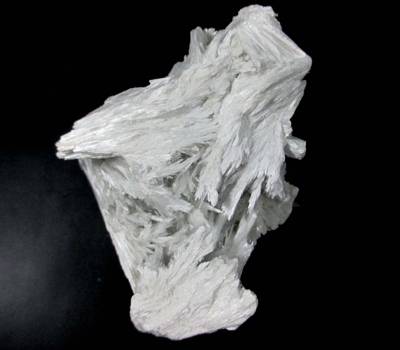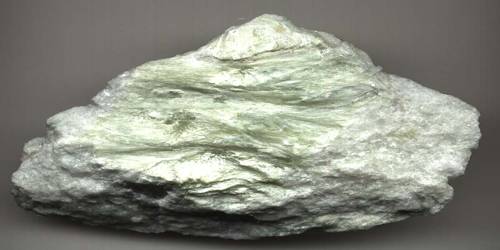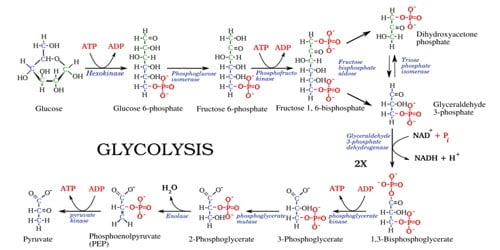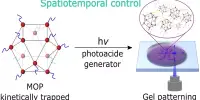Tremolite is a member of the amphibole group of silicate minerals with composition: Ca2(Mg5)Si8O22(OH)2. It is one of the few amphiboles that has not been redefined or renamed in any of the amphibole nomenclature reports. Tremolite forms by metamorphism of sediments rich in dolomite and quartz. It forms a series with actinolite and Ferro-actinolite. It also forms a continuous series with edenite and richterite.
Tremolite was first described in 1789 as an occurrence in Campolungo, Piumogna Valley, Leventina, Ticino (Tessin), Switzerland.
It is an important temperature indicator for petrologists.
General Information
- Category: Inosilicates
- Formula: Ca2(Mg5)Si8O22(OH)2
- Crystal system: Monoclinic
- Crystal class: Prismatic (2/m)
The fibrous form of tremolite is one of the six recognized types of asbestos. This material is toxic and inhaling the fibers can lead to asbestosis, lung cancer and both pleural and peritoneal mesothelioma. Fibrous tremolite is sometimes found as a contaminant in vermiculite, chrysotile (itself a type of asbestos) and talc.

Properties
Pure magnesium tremolite is creamy white, but the color grades to dark green with increasing iron content. It has the hardness on the Mohs scale of 5 to 6. Nephrite, one of the two minerals of the gemstone jade, is a green variety of tremolite. It has a greater presence of magnesium over iron, whereas Actinolite has a greater presence of iron over magnesium.
- Color: White, gray, lavender to pink, light green, light yellow
- Crystal habit: Elongated prismatic, or flattened crystals; also as fibrous, granular or columnar aggregates
- Cleavage: Perfect on {110} at 56° and 124°; partings on {010} and {100}
- Tenacity: Brittle
- Mohs scale hardness: 5 – 6
- Luster: Vitreous and silky
- Streak: White
- Diaphaneity: Transparent to translucent
- Specific gravity: 2.99 – 3.03
Occurrence
Tremolite is an indicator of metamorphic grade since at high temperatures it converts to diopside.
Tremolite occurs as a result of contact metamorphism of calcium and magnesium-rich siliceous sedimentary rocks and in greenschist facies metamorphic rocks derived from ultramafic or magnesium carbonate-bearing rocks. Associated minerals include calcite, dolomite, grossular, wollastonite, talc, diopside, forsterite, cummingtonite, riebeckite and winchite.
Information Source;
















